I hadn’t been in any sort of cave in about 4 years until my recent trip to the Grutas de Santo António with my uncle. Although the guide didn’t actually say so on the tour, I’m fairly confident that these caves are, in fact, inhabited by local gnomes. I also found possible evidence of the existence of fairies. The entire experience was pretty magical.
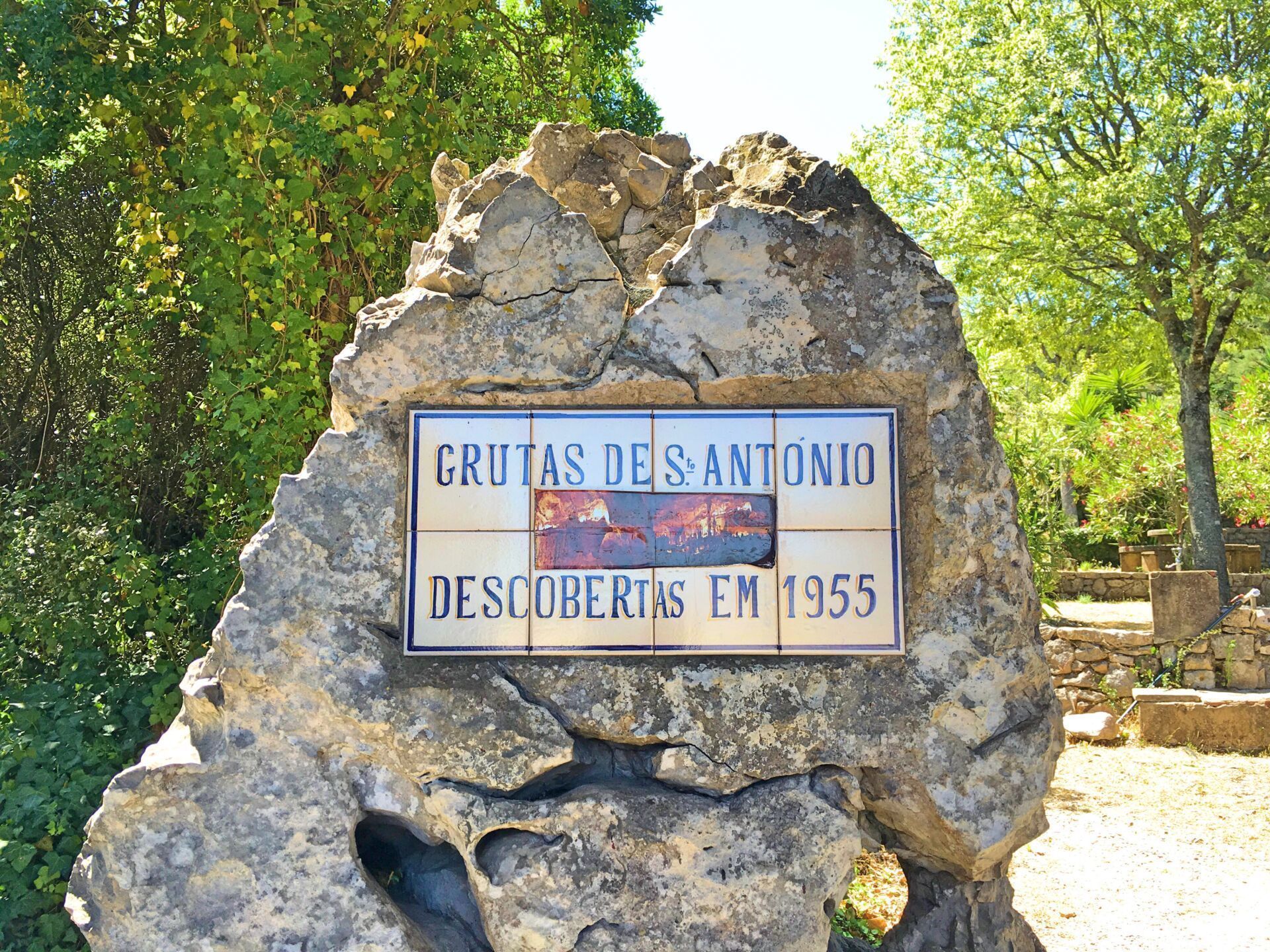

They were discovered in 1955 when a young boy noticed a bird coming out of a gap between two rocks. When he told the local townspeople about it, they discovered the gap led to a much larger chamber below. It took several years for the caves (grutas) to be fully explored to the 293 meter length you can walk through today.
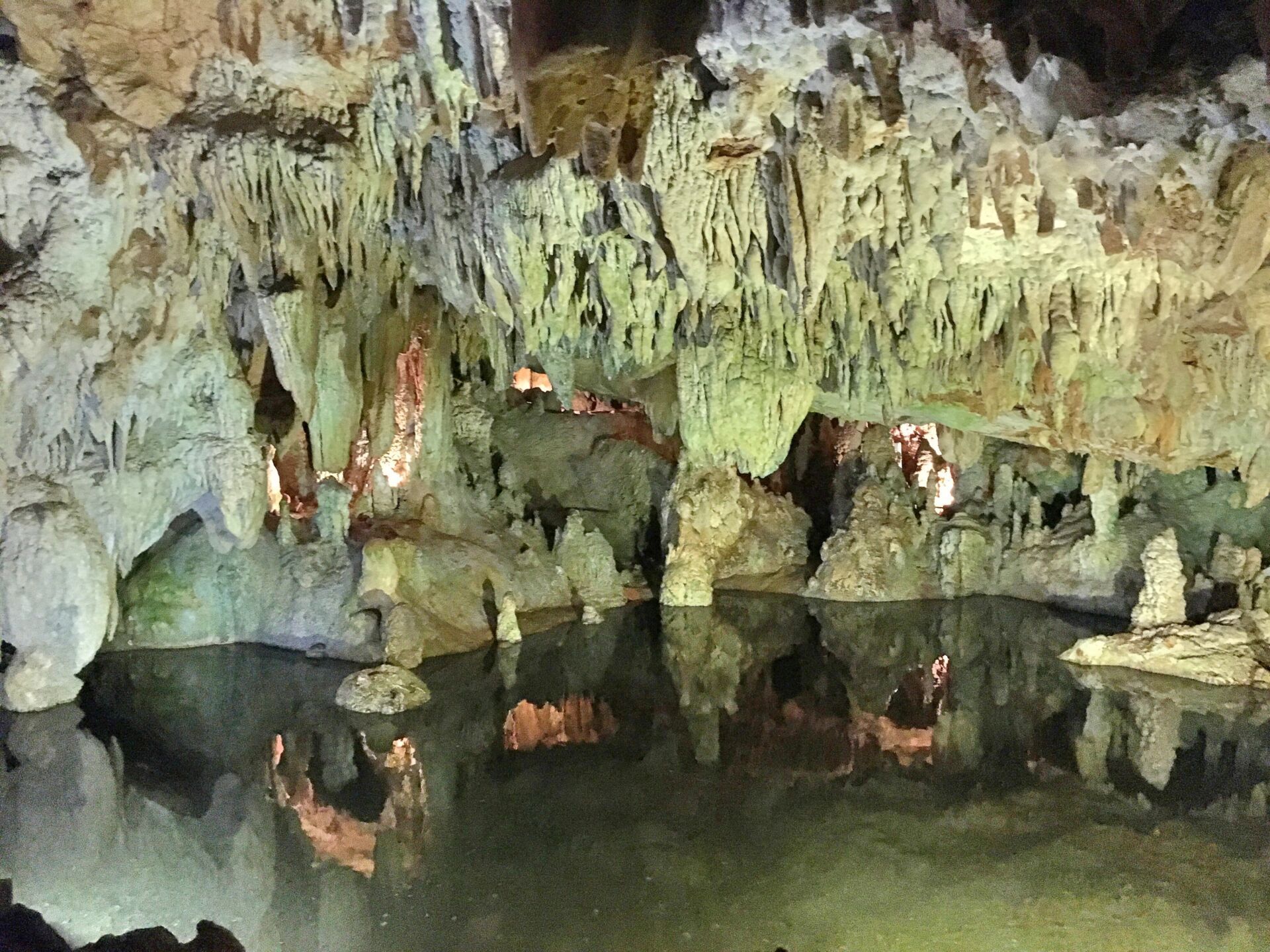
For those of you who don’t like hot weather, the pleasantly cool temperature of the caves compared to the ground level heat of the Ribatejo region may be one of the most memorable aspects of your visit. But for me, it was the diverse shapes and ages of the calcite stalactites and stalagmites. As well as taking in the whole ambiance, looking at the shapes individually is a lot of fun. You’ll come across formations in all sorts of weird and wonderful jellyfish, brains, seaweed, two lovers embracing and skulls.
Some of the formations are 35,000 years old. Not only did this make me feel really, really young, it also made me realize that I am completely ignorant in regards to what the world looked like 35,000 years ago. (Memo to self: brush up on ancient history.) One formation, the guide informed us, is 50,000 years old! It takes 100 years for 1 cm (0.4″) to form. Again, this really adds some perspective to how fleeting human life is, and that maybe having to wait a few months for a bad haircut to grow out isn’t so terrible after all.
I was too fascinated by the magical way the light made some of the formations sparkle to actually hear what causes this sparkling phenomenon. I can only assume it’s fairy dust, but if somebody knows of a more scientific theory, please share with me in the comments below.
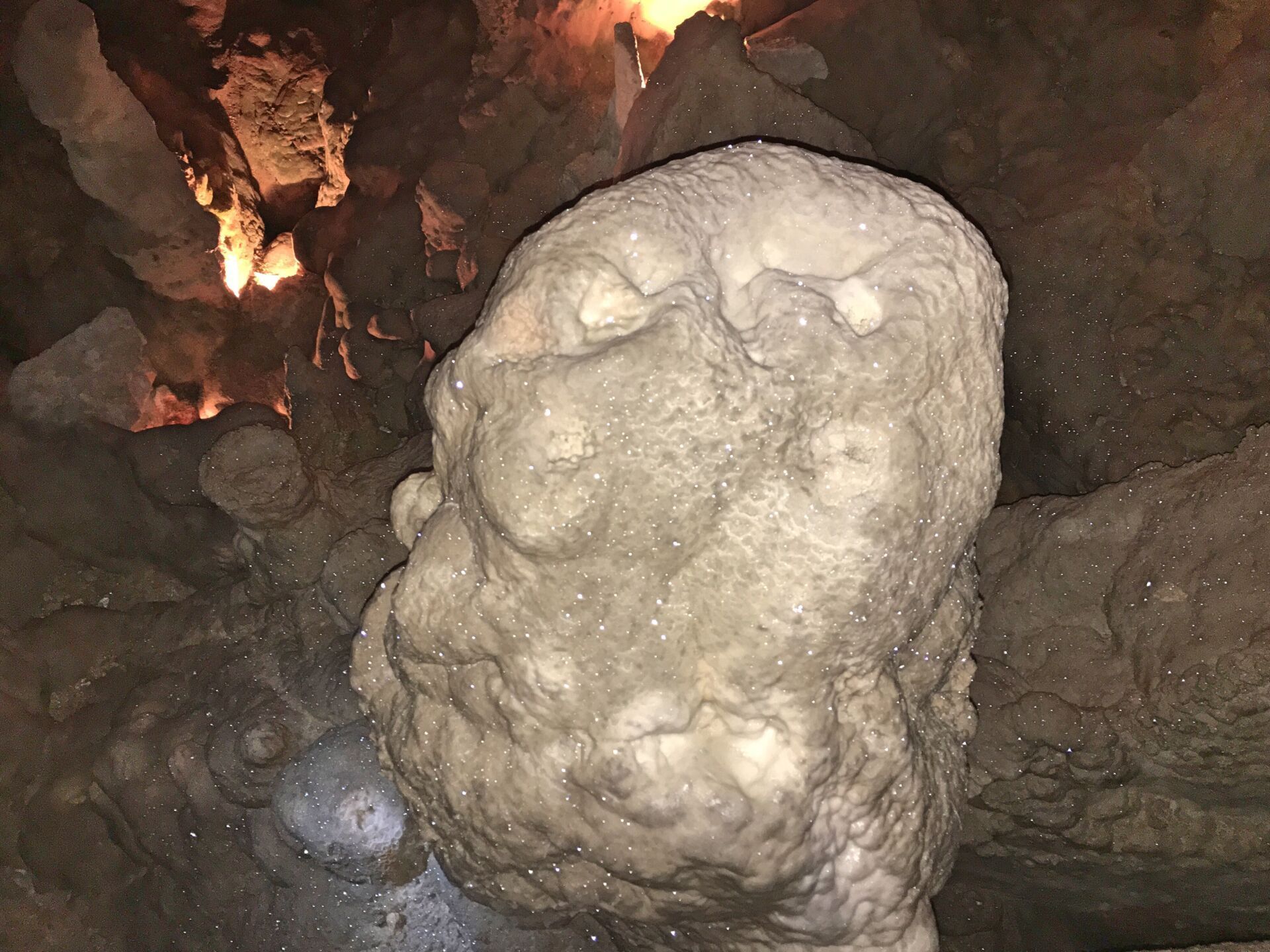
I strongly encourage all my readers to visit the Grutas de Santo António and have a look at some of the beautiful photos other people have taken there, such as Gail at Large, or even on TripAdvisor. My iPhone photos just don’t do them justice! I have yet to see photographic evidence of the gnomes which surely live there, but I suspect this is because they’re both flighty and camera-shy. Maybe you’ll get lucky and catch a glimpse when you go.
The Grutas de Santo António are just one example of the many underground cave and tunnel systems in the Parque Nacional da Serra de Aire e Candeeiros. I’ll be going back to explore some more. Have you been to these caves before? What did you love the most?
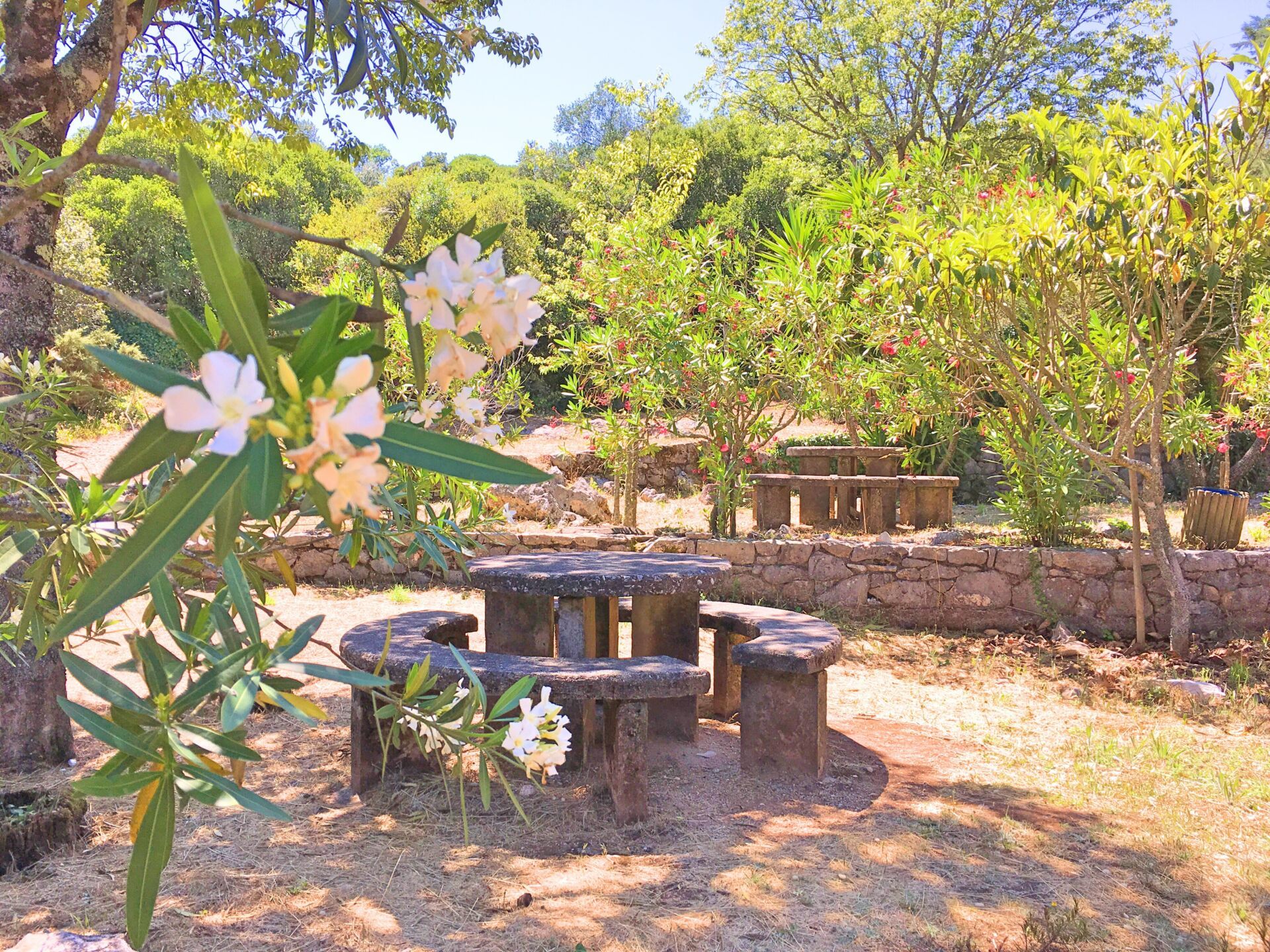
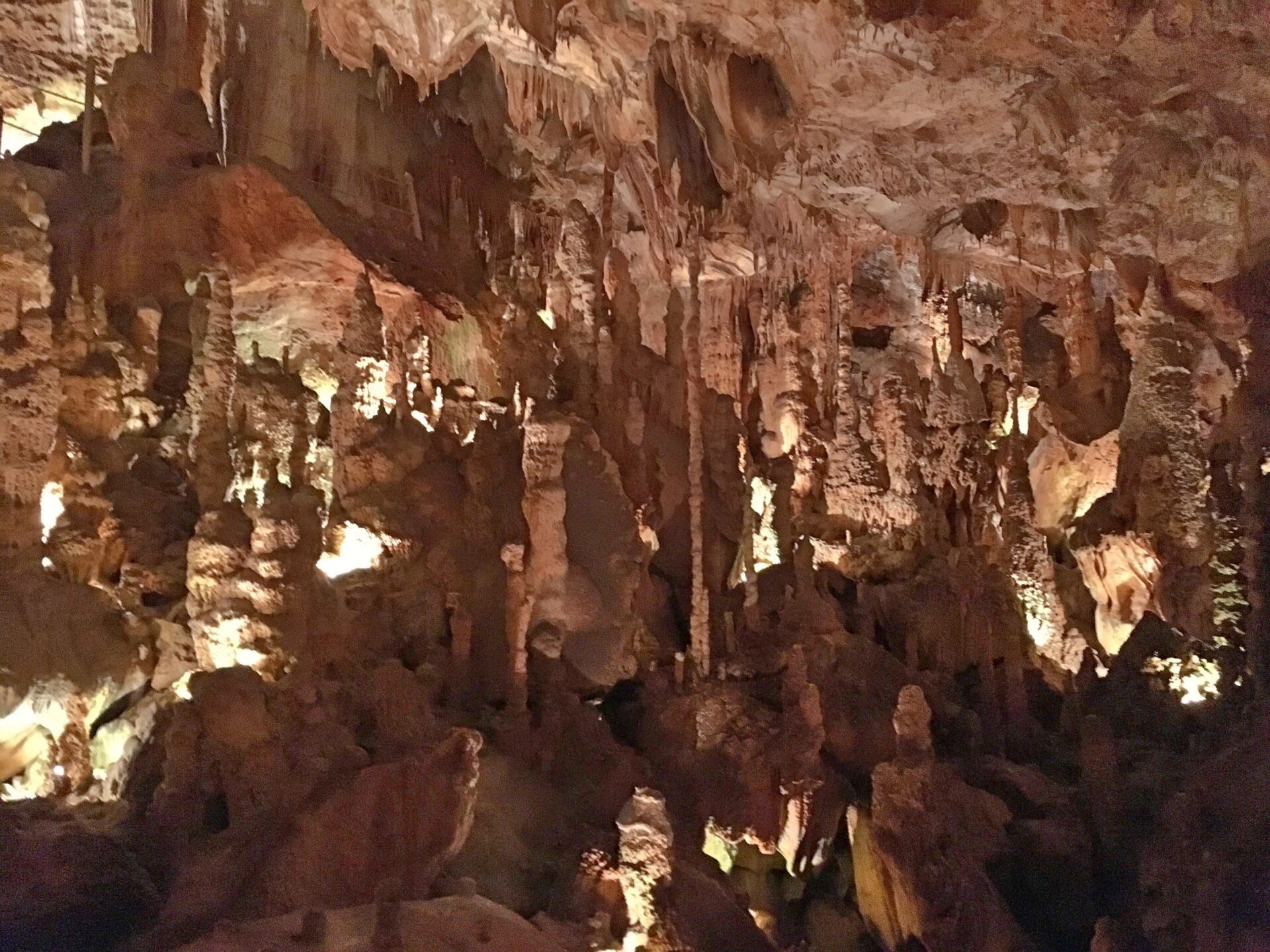


I loved these caves! And I was surprised to find out Portugal even had caves to visit, since I don’t read about anyone visiting them. All I ever hear about Ribatejo is the agriculture and horses, but between the Carlos Relvas house of photography and the caves (and more, I’m sure), this region is full of surprises for a visitor.
I bought some honey at the little ticket stand at the caves! Yum! So going to the caves was a double-treat for me. There are lovely places in Ribatejo like Tomar and Santarém. I haven’t explored it enough myself.